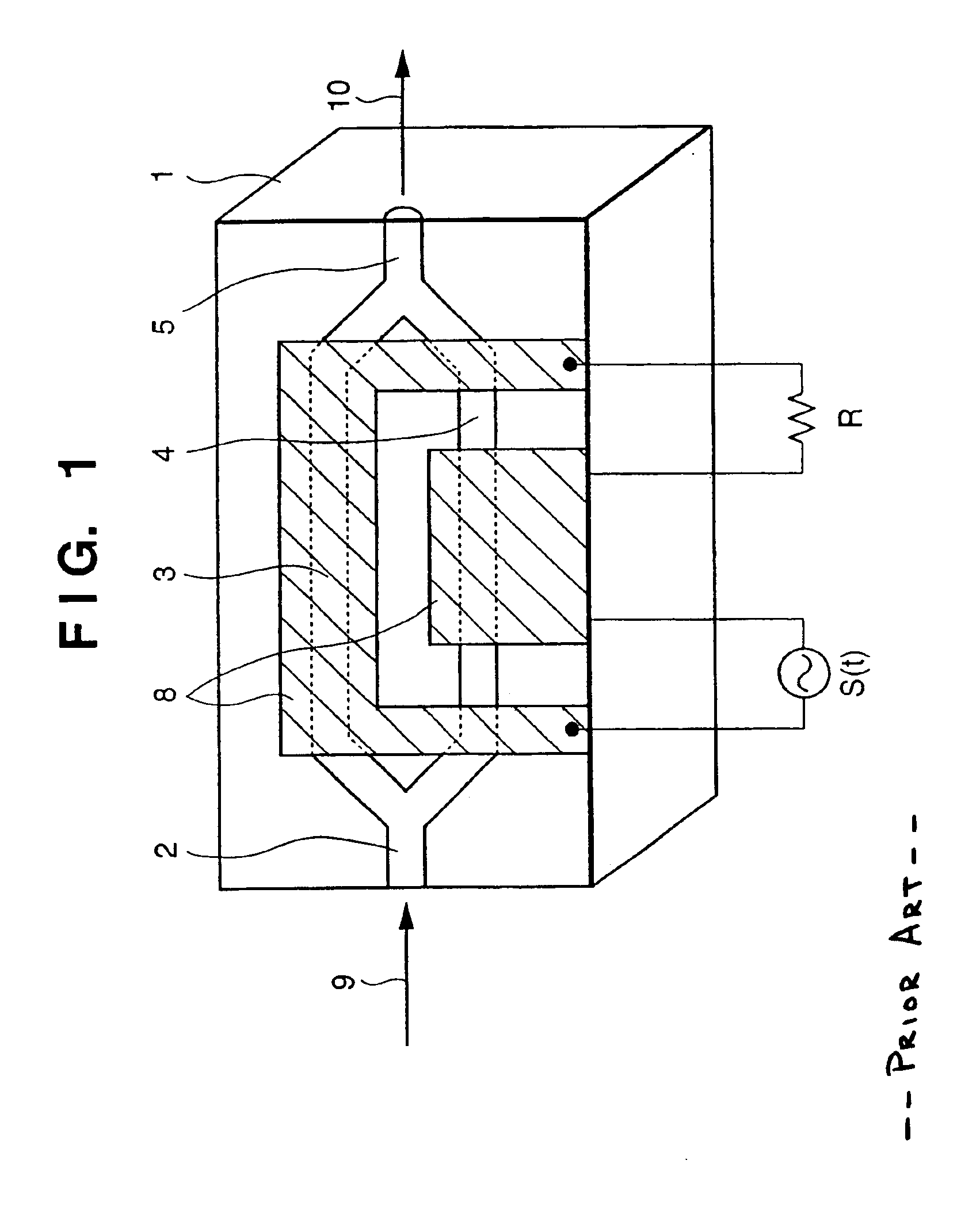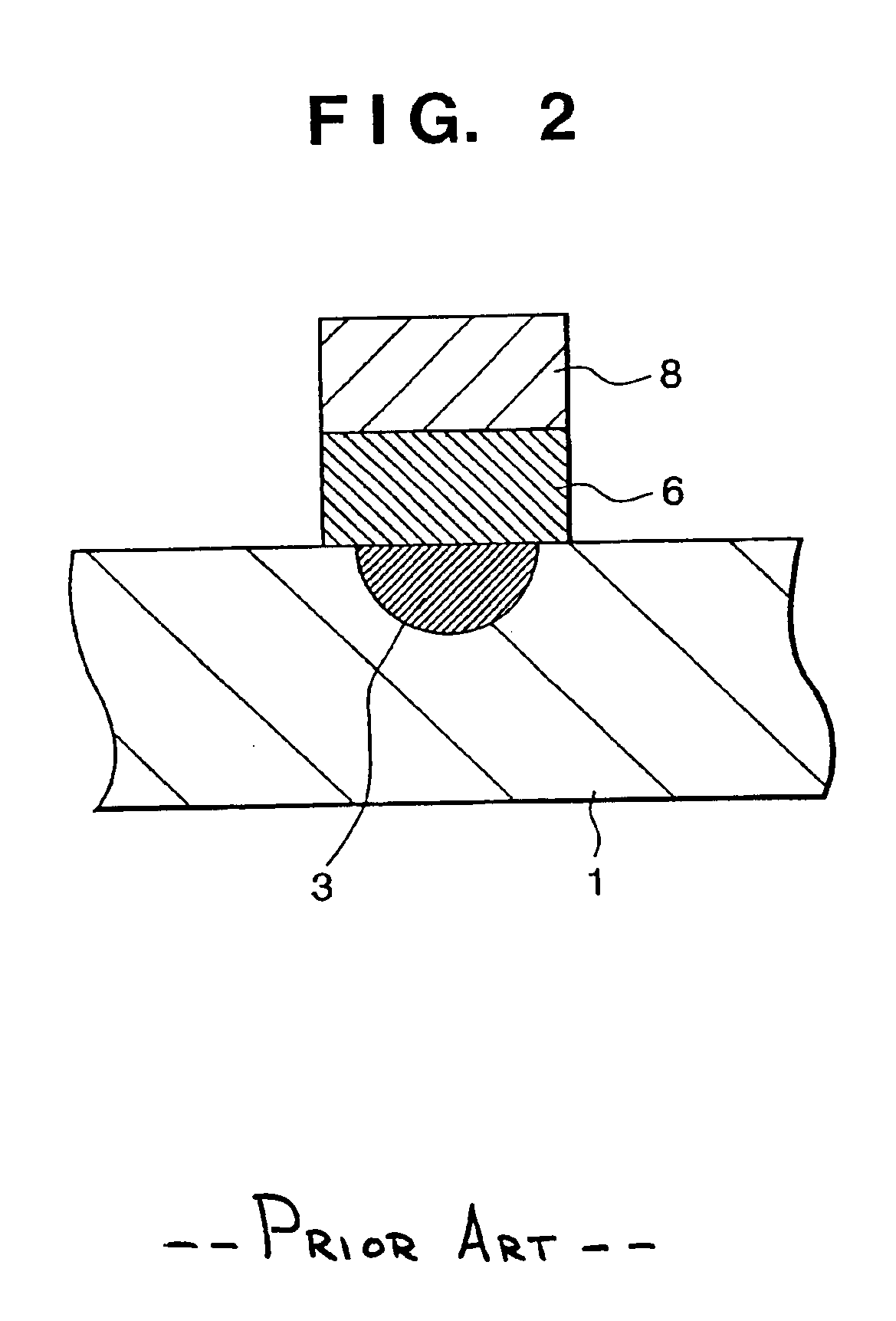Arrangement method of metal electrode and transparent electrode in optical waveguide device and optical modulator using the optical waveguide
a technology of optical waveguide and metal electrode, which is applied in the direction of optical waveguide light guide, instruments, optics, etc., can solve the problems of direct modulation, difficulty in application, and difficulty in high-speed modulation at several ghz or mor
- Summary
- Abstract
- Description
- Claims
- Application Information
AI Technical Summary
Benefits of technology
Problems solved by technology
Method used
Image
Examples
Embodiment Construction
class="d_n">[0046]FIG. 13B is a sectional view showing an embodiment where electrodes corresponding to respective optical waveguides are provided outside a plurality of optical waveguides;
[0047]FIG. 14 is a sectional view showing an embodiment where an electrode that is not above an optical waveguide is formed by stacking a conductive transparent film and a metal film;
[0048]FIG. 15 is a sectional view showing an embodiment where grooves are formed between pluralities of electrodes;
[0049]FIG. 16 is a sectional view showing an embodiment where steps are provided between pluralities of electrodes;
[0050]FIG. 17 is a sectional view showing an embodiment where pluralities of conductive transparent films are connected with thinner conductive transparent films;
[0051]FIG. 18 is a sectional view showing an embodiment where a part of a metal film may cross an optical waveguide; and
[0052]FIG. 19 is a top view showing a case where any one of the embodiments of the present invention is adopted in...
PUM
| Property | Measurement | Unit |
|---|---|---|
| impedance | aaaaa | aaaaa |
| electro-optical effect | aaaaa | aaaaa |
| electric field | aaaaa | aaaaa |
Abstract
Description
Claims
Application Information
 Login to View More
Login to View More - R&D
- Intellectual Property
- Life Sciences
- Materials
- Tech Scout
- Unparalleled Data Quality
- Higher Quality Content
- 60% Fewer Hallucinations
Browse by: Latest US Patents, China's latest patents, Technical Efficacy Thesaurus, Application Domain, Technology Topic, Popular Technical Reports.
© 2025 PatSnap. All rights reserved.Legal|Privacy policy|Modern Slavery Act Transparency Statement|Sitemap|About US| Contact US: help@patsnap.com



